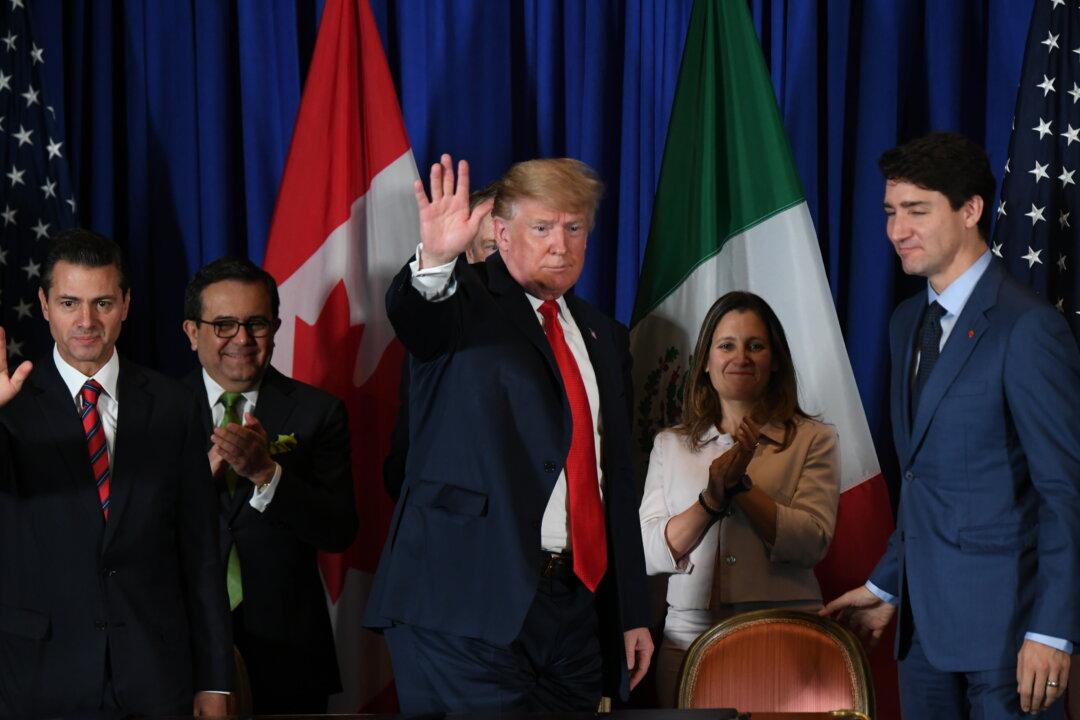Commentary
Most economists will say that free markets produce the greatest amount of output, the lowest price for goods and services, the greatest efficiency, and the highest quality.

Most economists will say that free markets produce the greatest amount of output, the lowest price for goods and services, the greatest efficiency, and the highest quality.